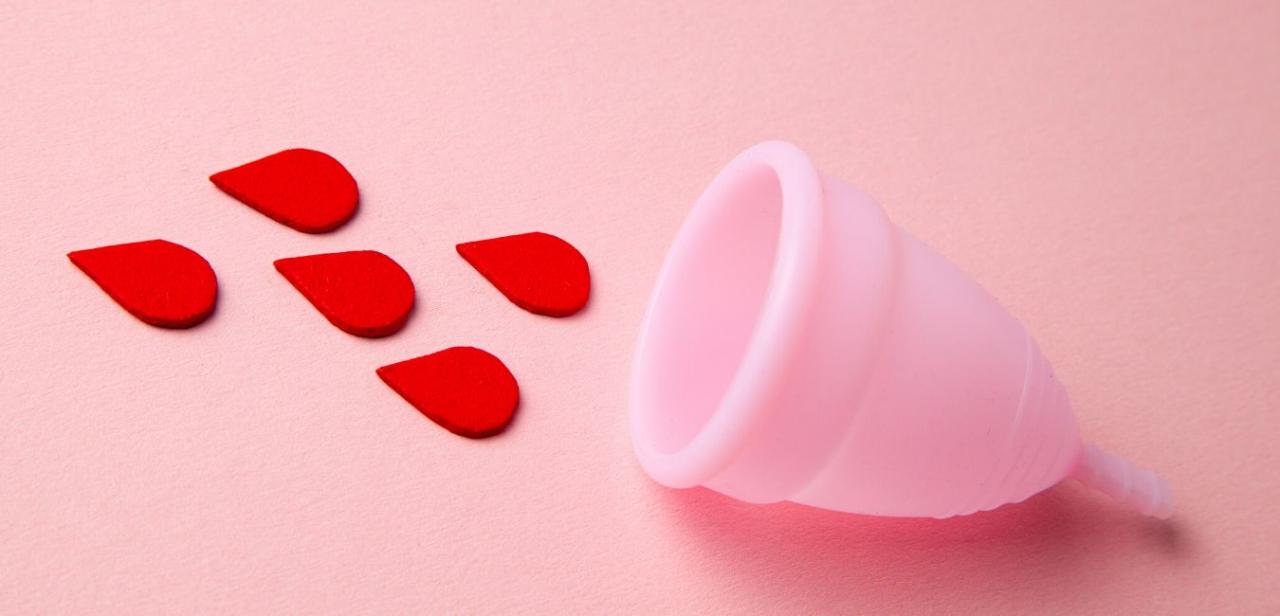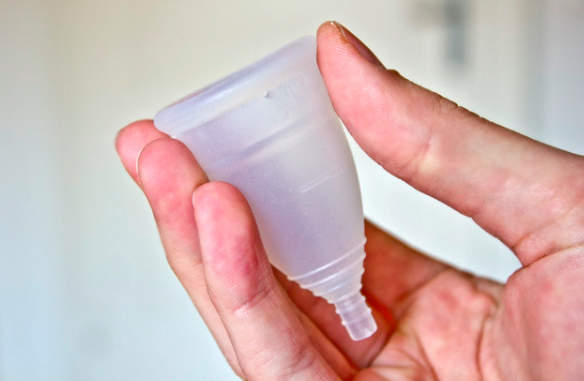 MonkeyBusiness Images/PhotoSpin
MonkeyBusiness Images/PhotoSpin
When talking about a “normal” menstrual cycle, it is important to remember that normal for you may be very different from what is normal for someone else.
Menstruation (pronounced men-STRAY-shun) is the time each month when the lining of a woman’s vagina or womb breaks free and is cleared out of her body as a flow of blood commonly known as her “period”. This is a normal part of the reproductive process which typically lasts from two to seven days.
Each month, chemical messengers in the body called hormones trigger the lining of the vagina to thicken and get ready for an embryo to implant if an egg is fertilized. If no embryo implants by the end of the monthly cycle, the hormones trigger the lining of the vagina to clear out so the body can start a new cycle the following month.
This monthly cycle is the normal menstrual cycle for woman during their childbearing years. But the details of the monthly cycle can vary from woman to woman. To learn what is normal for you, keep a record of your cycle for several months so you can see the pattern. Make note of these things each month:
• Start date – Record the date your period starts
• End date – Record the date of the last day of your period. This will allow you to count how many days your period lasts. Most women’s periods last three to five days, but anywhere from two to seven days is considered normal.
• Flow – How heavy is the bleeding? There is no right way to “measure” blood flow during your period. You might keep track of how many tampons or pads you use each day and how often you need to change them to gauge the heaviness of your flow.
• Pain – Write down if you have cramps or other pain with your period. These symptoms are normal for many women, but be sure to note if your pain is different from normal.
• Other changes – Keep track of anything else that seems different around your period. Include PMS or mood changes before or during your period.
Once you have a record of your period for several months, you will have a good idea of what a normal menstrual cycle is for you. Count the number of days from the start of one period to the start of the next to find the length of your cycle, which is typically between 21 and 35 days.
Some women find that their periods are the same month after month. But many women realize their periods are different each month, including their flow, number of days between the start of each cycle, and how many days their periods last each month.
Teenage girls just starting their periods will probably find that their periods are not the same from month to month. As women get older, it is normal for their periods to become more regular, although this is not true for every woman.
Because it is normal for a woman to have changes in her period, it may be difficult to know when to see your doctor if your period changes.
The U.S. Department of Health and Human Services Office on Women’s Health includes these reasons to see your doctor about your period:
• You suddenly don’t have a period for more than 90 days.
• You period blood flow lasts more than seven days.
• You need to change your pad or tampon every one to two hours.
• You have severe pain during your period.
• You suddenly have a fever and feel sick after using tampons.
Talk to your health care provider if you have questions or concerns about your period.
Sources:
Mayo Clinic. Women’s health: Menstrual cycle. Web. June 9, 2013.
http://www.mayoclinic.com/health/menstrual-cycle/MY01541/NSECTIONGROUP=2
WomensHealth.gov. Menstruation and the menstrual cycle fact sheet. Web. June 9, 2013.
http://womenshealth.gov/publications/our-publications/fact-sheet/menstru...
TeensHealth. All About Menstruation. Web. June 9, 2013.
http://kidshealth.org/teen/sexual_health/girls/menstruation.html#
Net Doctor. The menstrual cycle. Web. June 9, 2013.
http://www.netdoctor.co.uk/health_advice/facts/menstruation_cycle.htm
Reviewed June 19, 2013
by Michele Blacksberg RN
Edited by Jody Smith





Add a Comment2 Comments
This is a very helpful article.. thank you
August 23, 2013 - 12:50amThis Comment
Hi Denise,
Thank you for the great article. We featured you in the EmpowHER newsletter this week, here's the link: http://bit.ly/17se0Ji
Thanks again!
Jenny
June 25, 2013 - 11:00amThis Comment